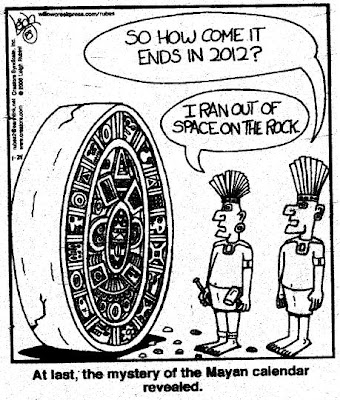7am we were in the car.
8:30am we were parked at Les Baux de Provence. And we were amongst the first ones. We even managed to park in the very first parking right at the entrance of the village. Shops were still closed. Castle would only open at 9am. The shop keepers were not even in the village.
It was so early I took a picture of the clock on one of the buildings as evidence.
It was surreal to walk the streets of the village almost just for ourselves. There were a few other early birds, but not enough to disturb. Imagine, we could take pictures without a soul on it!
Old chapel from 17th century, decorated in 1974 by Yves Brayer. He painted biblical characters in a Provence environment.
Once we were done with the village we headed toward the castle.
And to give you a feel of what we’re talking about, see the drawing below.
I picked up an audio guide to learn about the history of the place. Wolfram ignored it as usual and started immediately the take pictures.
There is not much left of the castle but enough to give you a feel of what it was. It was one of the first castles built out of stones. Actually half of the walls are the rock of the hill itself.
Hopital Quiqueran or what’s left of it
The mill or what’s left of it (in case you wonder, your imagination will be highly needed to picture what the castle looked like back then).
From the top of the hill there is an incredible view on the valley below. One can see all the way to the Camargue and Arles, which is convenient when you fear to be invaded.
Looking towards the South West with Arles (the city at the back) and the Camargue
Looking towards the South East and East, with a direct view on the Alpilles, the vineyards and the olive trees fields (basically the 2 agricultural activities of the area)
Troglodyte houses (or what’s left of it)
Tower Sarrasine (imagine there was an arch between those 2 sides)
Second Basse-Cour
Houses inside the courtyard of the castle where one can see how people carved the stone of the hill to make their living: storage places, citterns, holes for the main beams holding the roof, chimney, etc. with a bit of imagination you can take a walk in the house.
The heart of the castle
With its chapel
And its donjon
Some local man
The top of the castle with another tower
The castle from the top
Some parts have been renovated to facilitate the visit, some not so you can really experience what it was to climb to the top of the tower with uneven steps. Imagine at dark under pouring rain, enemies might make more casualties by having people running up and down vs. using a catapult.
The village from the top
The rock itself
On our way out, we were just on time for a demonstration of the different catapults used back then: Trebuchet, Couillard, Baliste, etc. People from the audience were invited to prepare and shoot the replicas. They were not loaded as it was back then (3 tons counter weight vs. 12 tons) but you could already get a pretty good of the damages a catapult can do on the walls of a castle.
War machinery (or toys for the boys)

































































